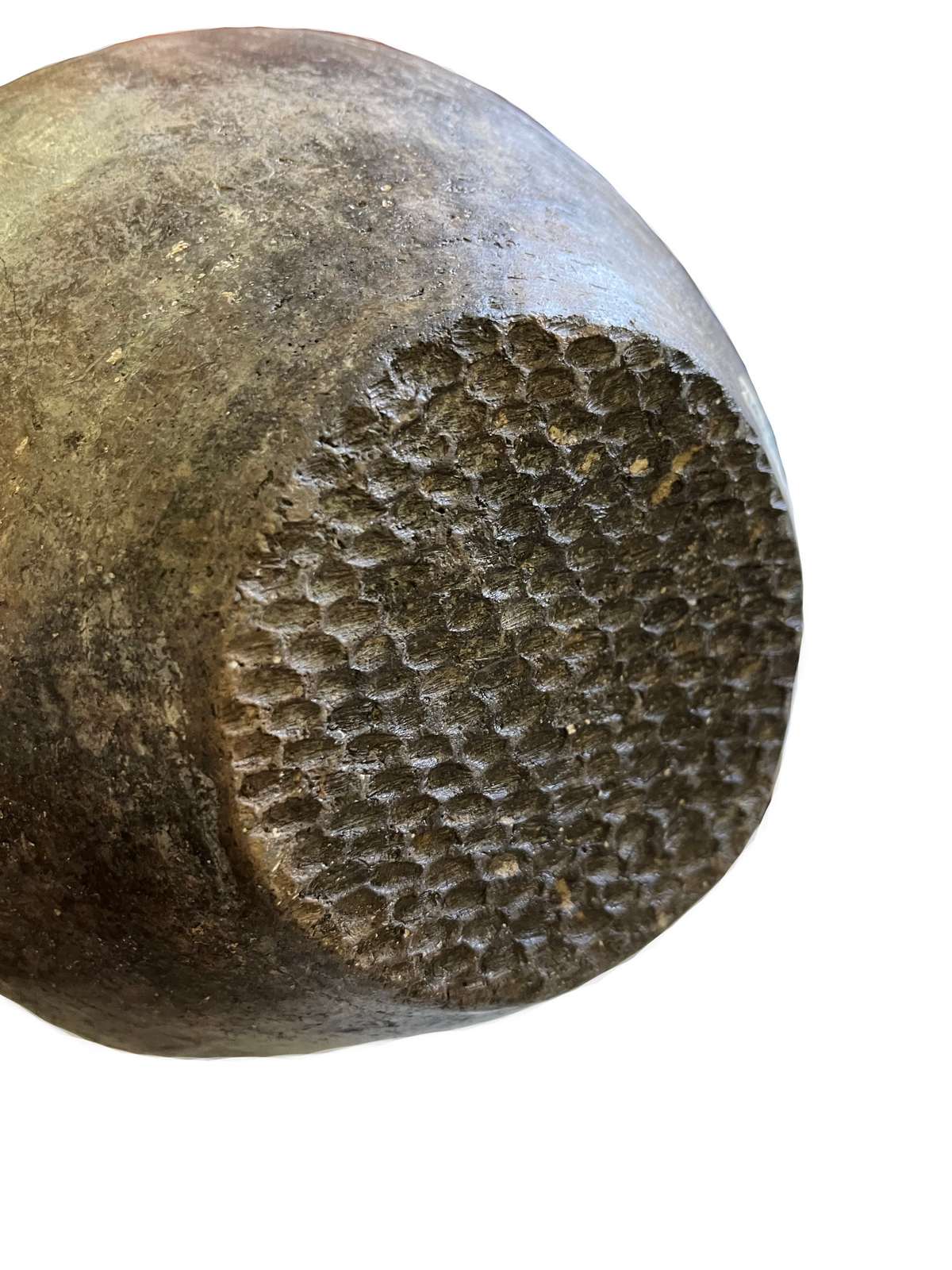There are 20 years on November 29th, 2013 since the introduction intro circulation of the national coin of Republic of Moldova. The Exhibition organized by the National Museum of History of Moldova in collaboration with the National Bank of Moldova has the aim to commemorate this event and familiarize the large public with the history of introduction of Moldovan Leu.
The period from the declaration of Sovereignty and Independence until the introduction of the leu was been cumbersome and difficult for the young state Republic of Moldova. The republic has confronted a strong inflation and a big deficit in food production and other goods. The country was in need of its own monetary system to stand up these problems. The Republic of Moldova has known several stages and types of temporary money units until the presidential decree no. 200 „Regarding the introduction of national coin in Republic of Moldova" from November 24
th, 1993 has been signed.
In order to create a comprehensive picture of leu instruction history the exhibition presents a series of materials preceding the monetary reform that reflect the elaboration and implementation process of provisional money, numismatic and commemorative coins issued by the National Bank of Moldova. A large part of exhibited documents and pieces are part of master Gheorghe Vrabie's collection, artist from the Republic of Moldova, author and designer of national banknotes and coins. Among these are graphic sketches of Ştefan cel Mare' image from both series of leu, pictures reflecting the creation of banknotes, different ornamental elements, NBM' logo, different symbols and representations on the front and back of banknotes.
The public has the occasion to see black and white and color coupons called „Consumer's card" introduced in circulation at the beginning of year 1991 by the National Bank and the Government to protect the consumer market from Moldovan SSR. These are followed by coupons with multiple value introduced on June 2
nd, 1992 equivalent with the Soviet Ruble to 1:1, which had values of 200, 50, 1000 and 5000 (rubles). On September 20
th, 1993 had been introduces the 5 lei coupon as payment method equivalent to 5000 coupons (rubles). The 5 lei banknote, called then a coupon, represented actually one of the first three types of leu elaborated by master Gheorghe Vrabie. All these banknotes can be seen in the exhibition showcases. They are followed by samples of banknotes that are in use today, metallic coins including those drawn out of circulation and jubilee and commemorative coins. The first jubilee coin issued by the National Bank of Moldova has been consecrated to the fifth anniversary from Republic of Moldova's Declaration of Independence with a nominal value of 100 lei. The first series of such coins -
Monasteries of Moldova - has been inaugurated in 2000. Samples from this series with a nominal value of 50 lei, from silver, picture images of 20 monasteries from Republic of Moldova. The graphical sketches have been realized by artists Vitalie Pogolșa and Simion Zamșa. There were later introduced other series of commemorative and jubilee coins:
Historic Events;
Alley of Classics from Public garden „Ştefan cel Mare și Sfânt" from Chișinău;
Sport;
Personalities;
Sacred Places;
Monuments of Moldova;
Holidays, culture, traditions of Moldova;
Red book of Republic of Moldova.
 31 August 1989 St., 121 A, MD 2012, Chisinau, Republic of Moldova
31 August 1989 St., 121 A, MD 2012, Chisinau, Republic of Moldova



















































